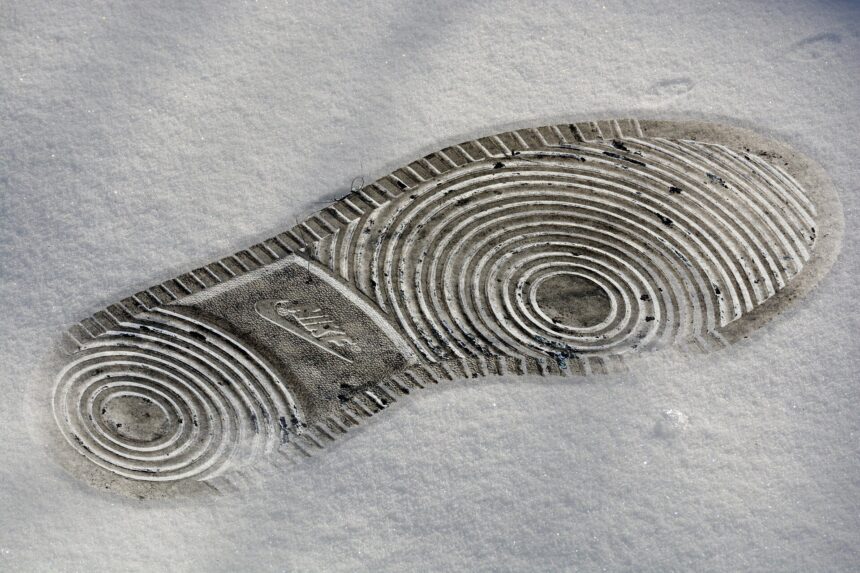On the morning of Dec. 21, 1999, William Fyfe went to a clothing drop-off at Trinity Church in Toronto and left three pairs of running shoes. An undercover Ontario Provincial Police officer was tailing him, and retrieved the shoes for forensic analysis.
What they revealed was important: on one of the shoes, the tread pattern matched a shoeprint taken from the room where, only a few months earlier in the Quebec town of Sainte-Agathe-des-Monts, a woman named Monique Gaudreau had been murdered.
The police arrested Fyfe the next day. And what eventually came to light was shocking: over the last two decades in Quebec, between 1979 and 1999, he had murdered at least nine women, making him the most notorious serial killer in the province’s history.
The case illustrates the importance of physical evidence in solving crimes—in this example, shoeprints taken at the crime scene. For a shoeprint to be useful, its tread pattern must be meticulously coded and entered into a shoeprint database.
Typically, this coding is done manually by forensic analysts, but is this method reliable? Vincent Mousseau, a Ph.D. student at UdeM’s School of Criminology, decided to find out.
He enlisted the help of Quebec’s forensic science lab, the Laboratoire de sciences judiciaires et de médecine légale (LSJML). His findings were recently published in the Canadian Society of Forensic Science Journal.
A range of evidence
“Shoeprints are part of a range of circumstantial evidence that can move an investigation forward,” said Mousseau.
“They are rarely presented as evidence in court, but they can help steer the investigation in the right direction by, for example, determining the number of people present at the time of the crime, ruling out suspects, or linking crimes that police initially thought were unrelated.”
As part of his research, Mousseau helped set up a project at the LSJML, where he had been working as a student for several years, to analyze the validity of the coding of the thousands of shoeprint images contained in its database.
“This database is similar to the fingerprint database is used by police across Quebec,” he explained. “After receiving an image of a shoeprint taken at a crime scene, the forensic analyst has to scrutinize and code the different patterns.”
It’s not an easy task. “The quality of the shoeprint is often suboptimal; for example, it could be a partial print or the tread could be obscured by mud or sand,” explained Mousseau. “So we need to make sure the people who query the database are reading the patterns in the same way.”
Mousseau and two forensic analysts from the LSJML’s forensic intelligence service extracted a set of about 30 shoeprints from the database and then coded them using an analytical grid. Each analyst coded each shoeprint twice, two weeks apart.
Mousseau then checked to see whether the analysts and the coding systems agreed.
More information:
Vincent Mousseau et al, Intra- and inter-rater reliability of a manual codification system for footwear impressions: first lessons learned from the development of a footwear database for forensic intelligence purposes, Canadian Society of Forensic Science Journal (2023). DOI: 10.1080/00085030.2023.2278911
Citation:
How automation is assisting forensic scientists in shoe print identification (2024, February 12)
retrieved 12 February 2024
from https://techxplore.com/news/2024-02-automation-forensic-scientists-identification.html
This document is subject to copyright. Apart from any fair dealing for the purpose of private study or research, no
part may be reproduced without the written permission. The content is provided for information purposes only.




